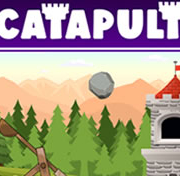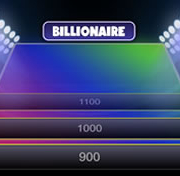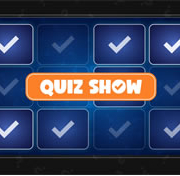Kids Science Game on Renewable energy
This science game will help kids learn about renewable energy sources and practices.
Renewable Energy Sources
Renewable energy is energy that comes from natural sources such as the sun or wind and which is constantly replenished and does not run out. Renewable energy can be used to generate electricity, heat water, cool and transport. Renewable energy can come from many sources. We will briefly mention Wind, Solar, water, and biomass. Which one is the best? Which one is best for you? Find out the advantages of each. As a means to meet our energy requirements, renewable energy is growing in popularity. How can we make it work in our everyday lives? What can we do to make renewable energy a part of our daily lives? This article will provide an overview. This article will also give you tips on how to use renewable energy in your home.
Wind
Wind is a powerful source of renewable energy that reduces our dependence on fossil fuels. Wind turbines convert wind kinetic energy into electrical power. This mechanical energy can then be converted into electricity and used for specific purposes. A short animation was created by the US DOE to demonstrate wind power. This animation outlines the components of wind turbines as well as the US' wind resources.
The history of wind as a source of renewable energy has been long, going back to ancient Egypt. Egyptians created waterwheels and windmills to cut wood and irrigation. Don Quixote wanted to build windmills in Spain. On postcards, Dutch engineers showed four-bladed windmills. U.S. engineers elevated wind power to new heights. However, technology has advanced a lot.
Solar
SRECs, or Solar Renewable Energy Certificates, are an incentive that shows how much solar electricity has been produced and sold. These certificates are a form performance-based compensation that allows home solar power users to make extra income by selling their electricity. A solar system is awarded one SREC for every 1000 kWh produced. The United States has so far issued over one million SRECs.
Planning and analysis are key to the success of solar projects. It is essential to understand the market and its dynamics in order to ensure success. The financial returns of solar projects can be affected by the policies and tariffs of utilities. Before you start your project, it is important to fully understand the utility regulations and market structure in your state. The National Renewable Energy Laboratory has a guide on market structure and rates for renewable energy. This report will help you to design a solar project that maximizes the benefits for all involved.
Water
Water can be used as a source of renewable energy, but it is not unlimited. Water is constantly being replaced by the Earth. Rain falls from the heavens and collects in the atmosphere. It returns to earth to be absorbed by rivers or lakes. Groundwater is also replenished by this replenishment process. Water can be used to generate renewable energy if it is managed responsibly.
The National Renewable Energy Laboratory's hydropower program is responsible for examining the potential of water to be a renewable energy source. This program aims to coordinate research with other agencies in order to maximize this energy source's potential. It also aims to minimize the environmental impact. However, the ultimate goal is to not use water for its own sake but to supply electricity to a growing world.
Biomass
To produce renewable bioenergy, researchers are using new chemical, biological, and physical routes. India's crop biomass supply is estimated to be as high as 500 millions metric tons annually. This could allow for the generation of energy equivalent to 18,000 megawatts. These numbers indicate a bright future for India's energy production. There is a lot of potential for biomass energy. The country's infrastructure is able to support biomass production at an extremely high rate.
There are many types of biofuels made from biomass. The most common is wood. Forest residues include dead trees, branches and stumps, municipal solid refuse, yard clippings, and yard trimmings. Plants such as hemp and soy residue, sugarcane, and bamboo are also sources of biomass. These biofuels can be used for heating or transporting liquid and gases. Renewable energy sources can come from almost any source including wood, biomass, and waste.
Geothermal
Geothermal renewable power is a form alternative energy that comes out of hot springs or hot rock formations. These hot springs have been used for heating and bathing since ancient times. Hot spring water has been used by monkeys for many purposes. Geothermal energy can be a renewable source of power, but it can be costly to extract and transform into usable energy. Geothermal technology has become more affordable, so it is now possible for companies and individuals to harness its potential.
Geothermal renewable energy has many benefits, but the most important are its low initial cost and fixed power prices. They are an excellent alternative to fossil fuels, and help reduce the possibility of energy crises. Geothermal power plants, unlike fossil fuels can operate around the clock and produce both heat and electricity. The ability to produce heat and electricity at extremely high levels of availability makes it appealing to many businesses and households.











